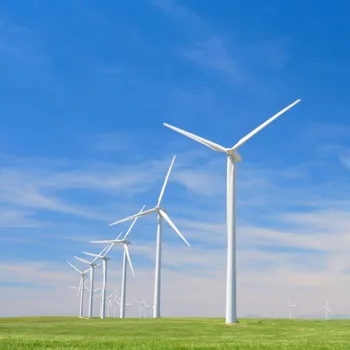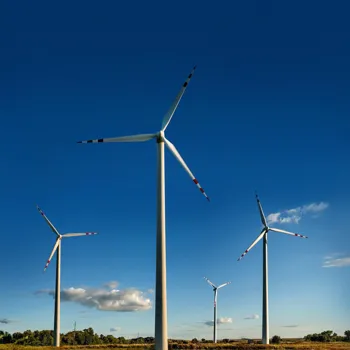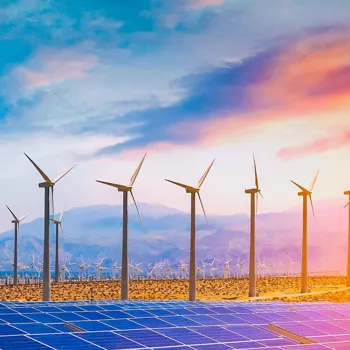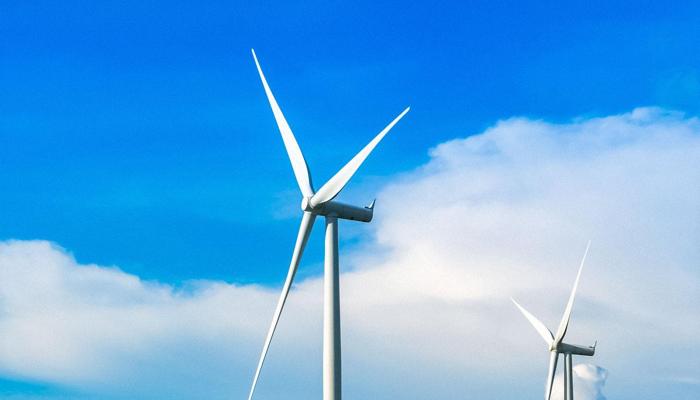Exploring India's Renewable Revolution: A Path to Sustainability. Delve into how clean energy is reshaping the nation's future
Across India, a silent revolution is brewing. No, it's not about politics or
Bollywood gossip, but something far more crucial: tapping into the vast potential of renewable energy resources.

From the sun-drenched plains of Rajasthan to the wind-swept coasts of Tamil Nadu, the country is waking up to the reality that a sustainable future hinges on embracing clean energy.
The transition from fossil fuels to renewable sources isn't just an environmental imperative; it is also a golden opportunity to boost the economy, create jobs, and ensure energy security for generations to come.
The government, private sector, and individuals are all playing their part in this grand endeavor, working towards a cleaner, greener, and more prosperous India.
This shift promises not only a reduced carbon footprint but also a more resilient and self-reliant nation, less vulnerable to the volatile global energy market.
Solar energy transforming India's power landscape with challenges ahead
The sun, a constant presence in much of India, offers an immense and largely untapped source of power. Solar energy, harnessed through photovoltaic (PV) cells and concentrated solar power (CSP) plants, is rapidly becoming a cost-effective alternative to traditional energy sources.

Villages that once relied on erratic and expensive grid electricity are now lighting their homes and powering their businesses with locally generated solar power. Farmers are using solar-powered pumps to irrigate their fields, improving crop yields and reducing their dependence on diesel.
Rooftop solar installations are becoming increasingly popular in cities, allowing homeowners and businesses to generate their own electricity and reduce their electricity bills.
The government is actively promoting solar energy through subsidies, tax incentives, and ambitious targets for solar capacity addition. However, challenges remain in terms of land acquisition, grid integration, and the availability of skilled manpower to install and maintain solar power systems.
Overcoming these hurdles is crucial to unlocking the full potential of solar energy in India.
Wind energy thriving in India, facing challenges
Wind energy, another abundant resource, is also making significant strides in India. The country boasts a long coastline and vast open plains, providing ideal conditions for wind farms.

Wind turbines are now a common sight in states like Tamil Nadu, Gujarat, and Maharashtra, generating clean electricity and contributing to the national grid. Technological advancements in turbine design and manufacturing have made wind energy increasingly efficient and cost-competitive.
The government has set ambitious targets for wind energy capacity addition and is actively promoting wind power projects through policy support and financial incentives.
However, challenges persist in terms of grid connectivity, land acquisition, and the environmental impact of wind farms on local ecosystems. Addressing these issues is essential to ensure the sustainable development of wind energy in India.
Moreover, investing in research and development to improve turbine technology and reduce costs is crucial for further expanding the wind energy sector.
India explores diverse renewables: biomass, hydropower, geothermal
Beyond solar and wind, India is also exploring other renewable energy sources, such as biomass, hydropower, and geothermal energy. Biomass energy, derived from agricultural residues, forestry waste, and animal dung, offers a sustainable alternative to fossil fuels for power generation and heating.
Small-scale biomass power plants are becoming increasingly popular in rural areas, providing a reliable source of electricity and creating employment opportunities.
Hydropower, generated from the force of flowing water, is a well-established renewable energy source in India, particularly in the Himalayan region. However, large hydropower projects can have significant environmental and social impacts, requiring careful planning and mitigation measures.
Geothermal energy, harnessed from the earth's internal heat, is a relatively untapped resource in India, but holds significant potential in certain regions.
The government is actively promoting research and development in geothermal energy to assess its viability and develop suitable technologies for its exploitation.
Transition to renewable energy faces challenges: grid integration, storage costs, stability, land use issues
The transition to renewable energy is not without its challenges. Integrating large amounts of intermittent renewable energy sources, such as solar and wind, into the grid requires significant investments in grid infrastructure and energy storage technologies.

The cost of energy storage, particularly batteries, remains a barrier to widespread adoption of renewable energy. Ensuring grid stability and reliability in the face of fluctuating renewable energy supply is a complex technical challenge.
Moreover, the availability of land for renewable energy projects is becoming increasingly constrained due to competing demands for land from agriculture, industry, and urbanization.
Addressing these challenges requires a multi-pronged approach, including investments in grid infrastructure, research and development in energy storage, improved land use planning, and effective policy support for renewable energy.
Collaboration between the government, private sector, and research institutions is essential to overcome these hurdles and accelerate the transition to a sustainable energy future.
India's renewable energy pursuit for a secure, prosperous future
Ultimately, the pursuit of renewable energy is not just about environmental protection; it is about building a more secure, prosperous, and equitable future for India.

By harnessing its abundant renewable resources, India can reduce its dependence on fossil fuels, mitigate climate change, create jobs, improve energy access, and enhance its energy security.
The transition to renewable energy requires a long-term vision, strong political will, and sustained investments. It also requires a change in mindset, from viewing energy as a commodity to be consumed to viewing it as a resource to be managed sustainably.
With the right policies, technologies, and investments, India can unlock the full potential of renewable energy and become a global leader in the clean energy revolution.
The opportunities are immense, and the future is bright for a sustainable India powered by the sun, wind, and other renewable resources.
AI Generated Content. Glance/InMobi shall have no liability for the content











